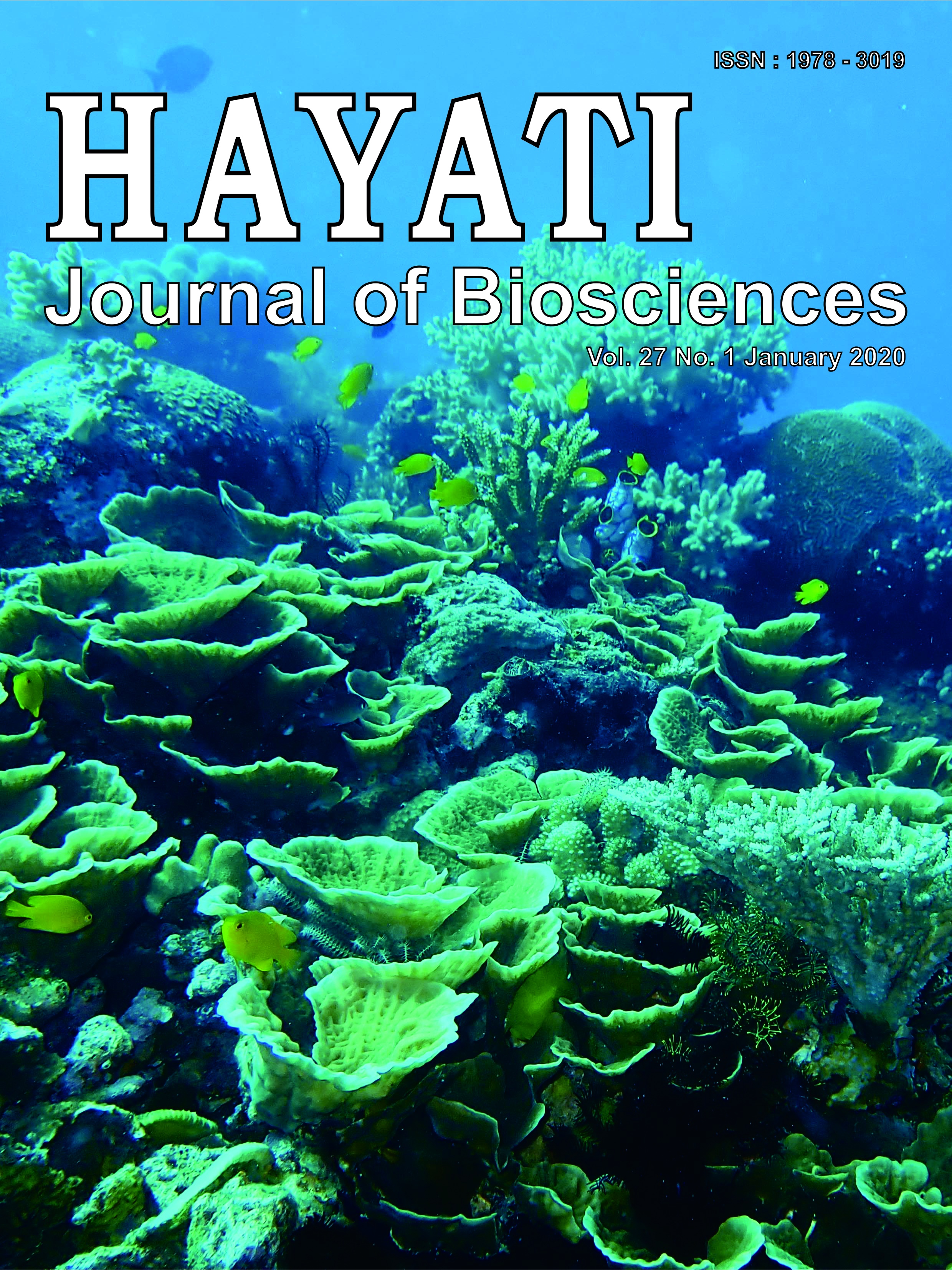Localization of Alkaloid and Other Secondary Metabolites in Cinchona ledgeriana Moens: Anatomical and Histochemical Studies on Fresh Tissues and Cultured Cells
Abstract
Cinchona ledgeriana produces several secondary metabolites. The main quinoline alkaloid, quinine that is widely used as an antimalarial drug, is most commonly extracted from the bark of Cinchona, and its leaves contain several other metabolites. Many studies have revealed that cell culture of Cinchona also produces quinine. Nevertheless, the sites of secondary metabolites accumulation are still elusive. This study is aimed at describing specific anatomical structures where alkaloids and some other secondary metabolites are accumulated as well as their localization in leaves and barks of C. ledgeriana, compared to those found in cultured cells. Fresh leaves and barks, and cells of C. ledgeriana were used for anatomical observation and histochemical tests. It was found that these plant parts have specialized structures, idioblast cells with elliptical- and spherical-shapes, scattered in leaf hypodermis, stem cortex, and secondary phloem. Unspecialized structures such as epidermis and palisade mesophyll tissues were also found accumulating some metabolites. Histochemical tests showed that bark and leaves contained alkaloids, terpenoids, phenolic, and lipophilic compounds. Cultured cells presented positive results for alkaloids and terpenoids.
Downloads
HAYATI J Biosci is an open access journal and the article's license is CC-BY-NC. This license lets others distribute, remix, tweak, and build upon author's work, as long as they credit the original creation. Authors retain copyright and grant the journal/publisher non exclusive publishing rights with the work simultaneously licensed under a https://creativecommons.org/
























.png) IPB University
IPB University Department of Biology
Department of Biology The Indonesian Biological Society
The Indonesian Biological Society 

